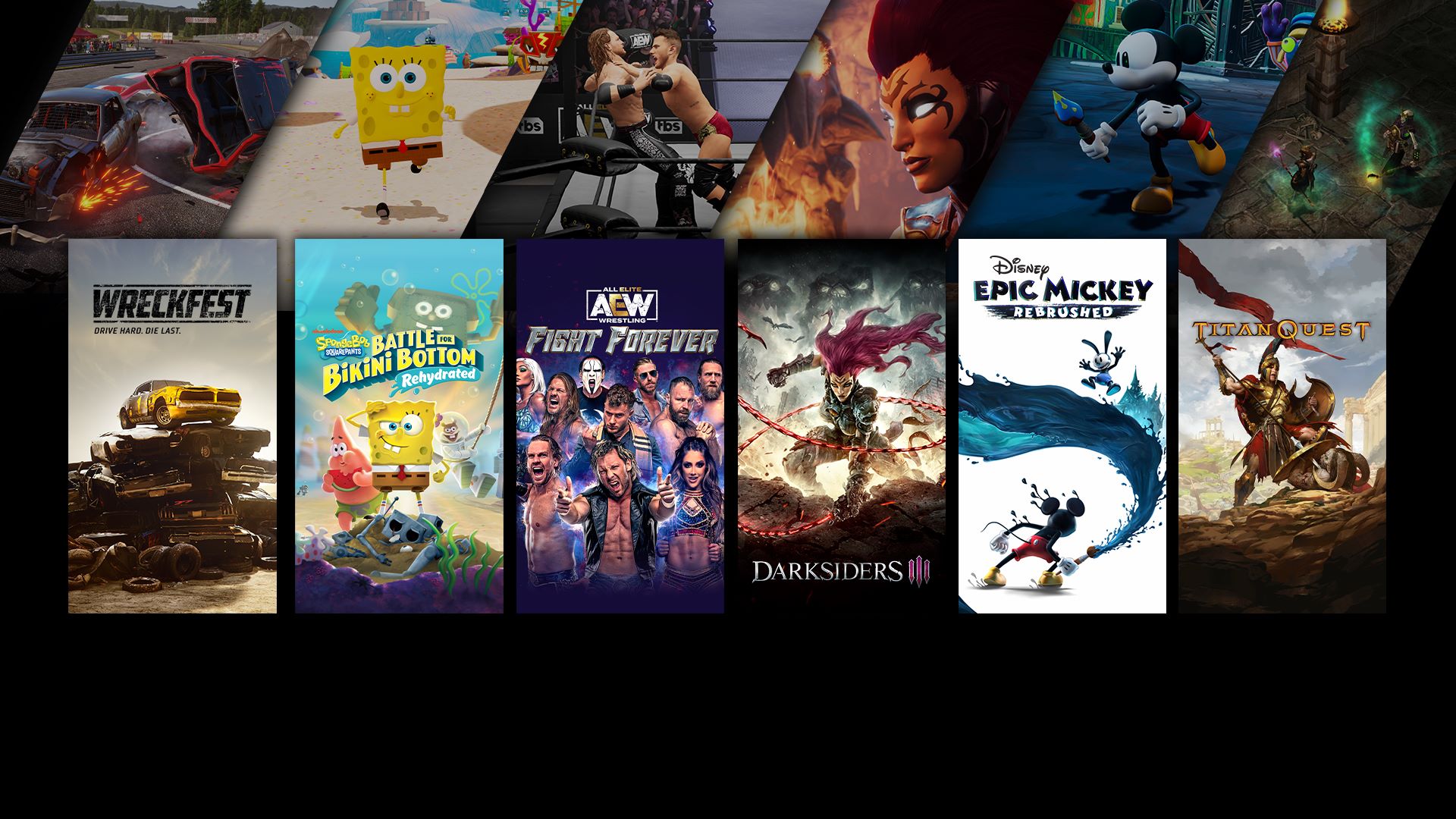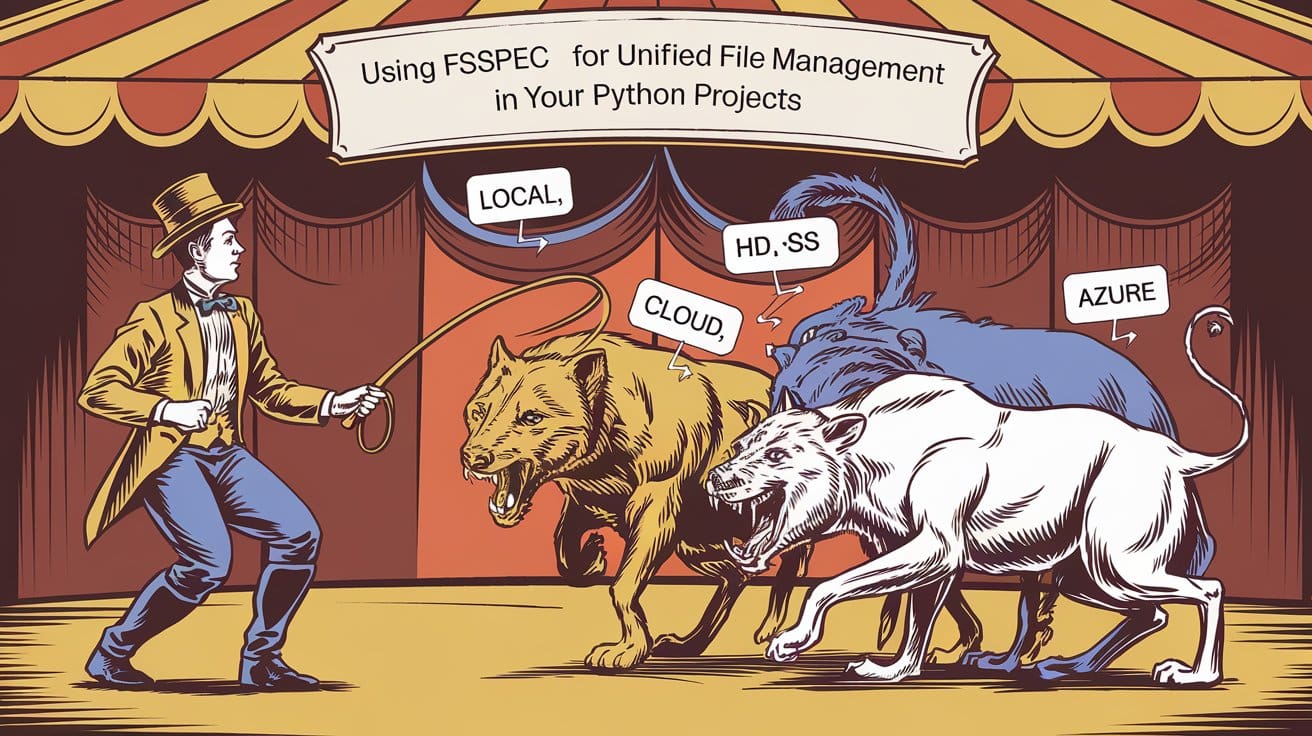The ‘Dark Prophet’ of L.A. Wasn’t Dark Enough
As fires have raged, so have citations of the prescient author Mike Davis. But in a changed world, we need new thinkers too.

A curious social-media ritual repeats every time a major fire explodes in Southern California, and this month’s catastrophe was no exception. Between dispatches about evacuations and the hot takes and conspiracy posts that followed, the armchair urbanists got busy citing literature. First came the Joan Didion quotes about the fire-stoking Santa Ana winds (“I recall being told, when I first moved to Los Angeles and was living on an isolated beach, that the Indians would throw themselves into the sea when the bad wind blew”). Arriving shortly thereafter were the links to “The Case for Letting Malibu Burn,” by Mike Davis, a 1995 essay that methodically lays out the history of Southern California’s troubled, delusional relationship to fire. For the past few weeks, that relationship has been tested in ways that even Didion and Davis couldn’t have fathomed when they wrote the words that now proliferate on social-media platforms.
Davis, who died in 2022, was best known for his sprawling 1990 best seller, City of Quartz, a withering analysis of Los Angeles’s development. His Malibu essay is a clear-eyed explanation of how areas such as Malibu have evolved to burn amid natural cycles of regeneration, and how, prior to the arrival of Europeans, Indigenous people practiced controlled burns in these areas to keep the landscape in balance. Total fire suppression, he writes, “the official policy in the Southern California mountains since 1919, has been a tragic error because it creates enormous stockpiles of fuel.” Davis also assails the unsustainable “firebelt suburbs,” whose presence compounded calamity while policy decisions were “camouflaged in a neutral discourse about natural hazards and public safety.” Malibu, he concludes, didn’t simply have a tendency to burn—it needed to burn. After this article, first published in 1995, reached wide audiences when it was included in his 1998 collection, Ecology of Fear: Los Angeles and the Imagination of Disaster, many local homeowners were not pleased.
As ash rained down on my home in East Los Angeles from the Eaton Fire, so did the online invocations of Didion and Davis on wind and flame. In a catastrophe, people are tempted to search for a theory that will explain everything. But as I prepped a go bag in the event of an evacuation, I wondered whether these writings were what we should be reaching for in 2025.
I won’t be the first to declare that it’s time to give Didion’s Santa Ana melodramas a rest; some of her stories are more noir mythology than incontrovertible fact. Almost two decades ago, in fact, Davis himself poked fun at “lazy journalists” who use these disasters as an opportunity to trot out lines by Didion and other writers about how “the Santa Anas drive the natives to homicide and apocalyptic fever.” (If you must pontificate about the winds, quote Bad Religion’s 2004 song “Los Angeles Is Burning,” whose dark refrain succinctly references “the murder wind.”) On Davis, my verdict is split: His essay remains crucial to understanding the events that led to this moment, but after 30 years, it can’t account for the constellation of issues we now confront.
“The Case for Letting Malibu Burn” is uncannily prescient. Davis pored over decades of historical and scientific research and then proceeded to smartly (and colorfully) synthesize the history of fires in the Southern California ecology and the policies that made them worse. He dug into the psychology around fire—both the human urge to “fix” it technologically and the tendency to spin conspiracy theories around its untamability. And he aimed his most pointed barbs at the new subdivisions springing up on fire-prone hillsides—what he terms “sloping suburbia” but what news stories commonly call the “wildland-urban interface.”
[Read: How well-intended policies fueled L.A.’s fires]
A lot has changed since 1995. Among the biggest fires described in Davis’s essay is Malibu’s 1970 Wright Fire, which claimed 403 homes, 10 lives, and 31,000 acres of land, primarily brush. Compare that with the Woolsey Fire, which in 2018 roared through roughly the same terrain, incinerating 97,000 acres and destroying 1,600 structures. As I write this, greater Los Angeles faces not just one gargantuan fire but two. Together, the Eaton Fire, on the fringes of the Angeles National Forest, and the Palisades Fire, in the Santa Monica Mountains, have burned through almost 38,000 acres, damaged or destroyed more than 17,000 structures, and killed 27 people (that toll is likely to rise). Davis was once described as L.A.’s “dark prophet” for his bleak view of the forces that shaped the city. But the 2025 fires have demonstrated that perhaps he wasn’t bleak enough.
Although Davis did, over the course of his career, write about climate change—and he added a postscript on the topic when “The Case for Letting Malibu Burn” was excerpted online by Longreads in 2018—his original essay does not contend with how the climate would set the stage for ever bigger blazes, fires with different causes, effects, and solutions than the cyclical events of the past. “This is a story about drought and lack of precipitation this winter,” Lenya Quinn-Davidson, the director of a statewide fire program for UC Agriculture and Natural Resources, told me. “The extreme dryness combined with an exceptional wind event—to have those things concurrent is a recipe for disaster. Even if you had fuel breaks around those communities, even if you had prescribed burns”—a solution that Davis highlighted—”it might not have had any effect.”
Nor is Davis’s wildland-urban interface what it once was. The Eaton Fire (which likely began as a wildland fire in Eaton Canyon) quickly spread to urban areas of Altadena, razing commercial thoroughfares and ravaging homes that had been around for more than a century. The Palisades Fire likewise reached deep into residential developments, igniting homes and schools that sit just half a mile—and a few wind-whipped embers—from the border of densely populated Santa Monica. “In the ’90s … there were much fewer incidences of fires burning into communities,” Quinn-Davidson said. That has changed over the past 10 years; wildfires are no longer staying wild.
Class and wealth also provided an important frame for Davis’s essay. He documented a tremendous gap between the hefty resources deployed toward fighting fire in well-to-do exurbs and the meager funds allocated to quash fires in L.A.’s poorer urban core (most of these caused by a lack of regulation in old tenement buildings). Today, the class disparities remain, but the particulars have changed. The real-estate magnate Rick Caruso hired private firefighters to watch over his Brentwood home as other homeowners faced down the flames with garden hoses. And as wildfires penetrate farther into the city, it’s not just wealthy sloping suburbia that’s getting scorched. The Palisades Fire wiped out a mobile-home park; the Eaton Fire destroyed a multigenerational Black middle-class enclave in Altadena. For everyone but billionaires, fire has become a threat at every level of class and wealth.
Some positive change has occurred since Davis first published his essay; more of the controlled burns he advocated for have become a tool of forest management, preventing the accumulation of dried brush that can turn into kindling with the tiniest spark. Indigenous people, including the Tongva and Chumash, practiced managed burning for millennia prior to colonization. Although some controlled burns were allowed on federal land starting in the 1960s, residential areas long resisted the remedy, thinking them risky or visually unappealing. (In his essay, Davis describes a Topanga Canyon homeowner fearful of what such a burn could do to their property values.) In more recent decades, however, the practice has spread. In California’s north, regular burns are led by Yurok and Karuk practitioners. Near San Diego, in the south, the La Jolla Band of Luiseño Indians has a “burn boss” in the ranks of the reservation’s fire department. In 2021, Governor Gavin Newsom signed legislation to promote the practice.
But the hopeful idea that small fires might save us from big ones is hard to reckon with in the era of climate change. In 2019 and 2020, wildfires in Australia resulted in the loss of nearly 25 million acres of vegetation, 34 human lives, and more than 3 billion terrestrial vertebrates. In 2023, drought and unusually high temperatures led to the immolation of 37 million acres of Canadian land. That same year, another deadly fire destroyed the Maui community of Lahaina. Late last year, New York City’s drought-wracked Prospect Park burst into flames. In attempting to understand fire at this scale, it might be time to set aside Davis and turn to the work of Stephen J. Pyne, a fire historian whom Davis not only cited in “The Case for Letting Malibu Burn” but also counted as a friend.
In his 2021 book, The Pyrocene: How We Created an Age of Fire, and What Happens Next, Pyne provides a compelling (if rather jargon-filled) geologic and cultural history of fire, describing the types of burns that have shaped our planet. There is fire in the wild (such as a wildfire generated by lightning), fire set and monitored by humans (a cooking fire, say, or the controlled burn of a field), and the perpetual flame that consumes fossil fuels: the ignition of a car’s engine, the flare stacks at a power plant, the electricity that powers the smartphone on which we share essays about fire. This third type of fire is what makes it feasible for people to commute to sloping suburbias and fuels the helicopters that fight the fires that encircle them. It is the fire that has remapped the surface of the Earth, even in places that rarely see literal flames. “Not every place has to burn to be influenced by fire’s reach,” Pyne writes. “It’s enough for combustion’s consequences, in this case on climate, to shape biogeography.”
In “The Case for Letting Malibu Burn,” Davis asks Californians to reexamine the way that they live on the land. Pyne does the same at the scale of our planet. The Pyrocene sharply critiques our reliance on fossil fuels and endless sprawl, as well as our inability to live with fire in the way that nature intended. “We don’t need new science or more science,” he writes. “We already know what needs to happen (in truth, we used to know much of it before we got greedy and forgot).” Pyne updates and expands on Davis, but their goals are similar: not to tell us what to do but to remind us why it matters, even when (or where) the world isn’t in flames. In Southern California, we are currently feeling the burn, but the fire is everywhere.
What's Your Reaction?











.jpg?#)



















